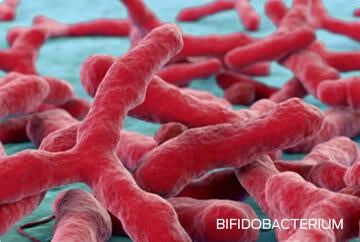Phosphorus and Renal Health: What We Currently Know

Britta Dobenecker Dr.med.vet., DECVCN
Ludwig-Maximilians-Universitat, Munich, Germany
Overview
Although phosphorus (P) is an essential nutrient, excess P is suspected to play a role in the development of chronic renal insufficiency. This presentation summarizes results from several studies about the effects of P excess on renal function to both verify previous study findings and identify factors influencing the effect of P excess on kidney function in healthy adult cats.
Key points
- Major hormones in P homeostasis are linked to calcium (Ca) regulation. Further modulators are fibroblast growth factor 23 (FGF23) and its co-factor alpha-klotho (α-klotho).
- There is possible cross-talk to systems regulating energy metabolism, blood pressure, and even sex hormones. However, species-specific differences probably exist, and a simple extrapolation of findings from man to dogs and cats is not advisable.
- There is consensus that prevention of hyperphosphatemia is crucial, especially in CKD, to prevent adverse effects on the body. This is done mainly by limiting the P intake or blocking P absorption.
- Studies on dietary feeding trials have shown:
- With cats: P excess might cause —among other findings— a decrease in endogenous creatinine clearance, glucosuria, hematuria and an increase in renally excreted P, depending on factors such as the source of P and the Ca:P ratio.
- With dogs, studying the P kinetics after oral supply with different amounts and sources of P verified previous findings that showed higher apparent digestibility, and much stronger effects, of soluble P salts on postprandial serum P and PTH concentrations compared to organic P sourced from bony material.
- The effect of dietary P on the body is dependent on many factors including the type of P used, the Ca:P ratio and other factors that can impact P absorption and bioavailability.
- Recommendations based on this information:
- Minimize the amount of soluble P salts used to avoid excess in different diets
- Avoid narrow or inverse Ca:P ratios
- Longer studies would be ideal
- Labelled sources of P would be helpful.
Clinical relevance
The phosphorus load plays a key role in both clinically healthy animals and CKD patients; it affects the skeleton, cardiovascular system as well as the kidneys. These studies show that knowing total amounts of dietary phosphorus does not suffice to decide about adequacy or potential adverse effects. Further work on understanding the many factors influencing the effects of different phosphorus sources on the body are needed.


